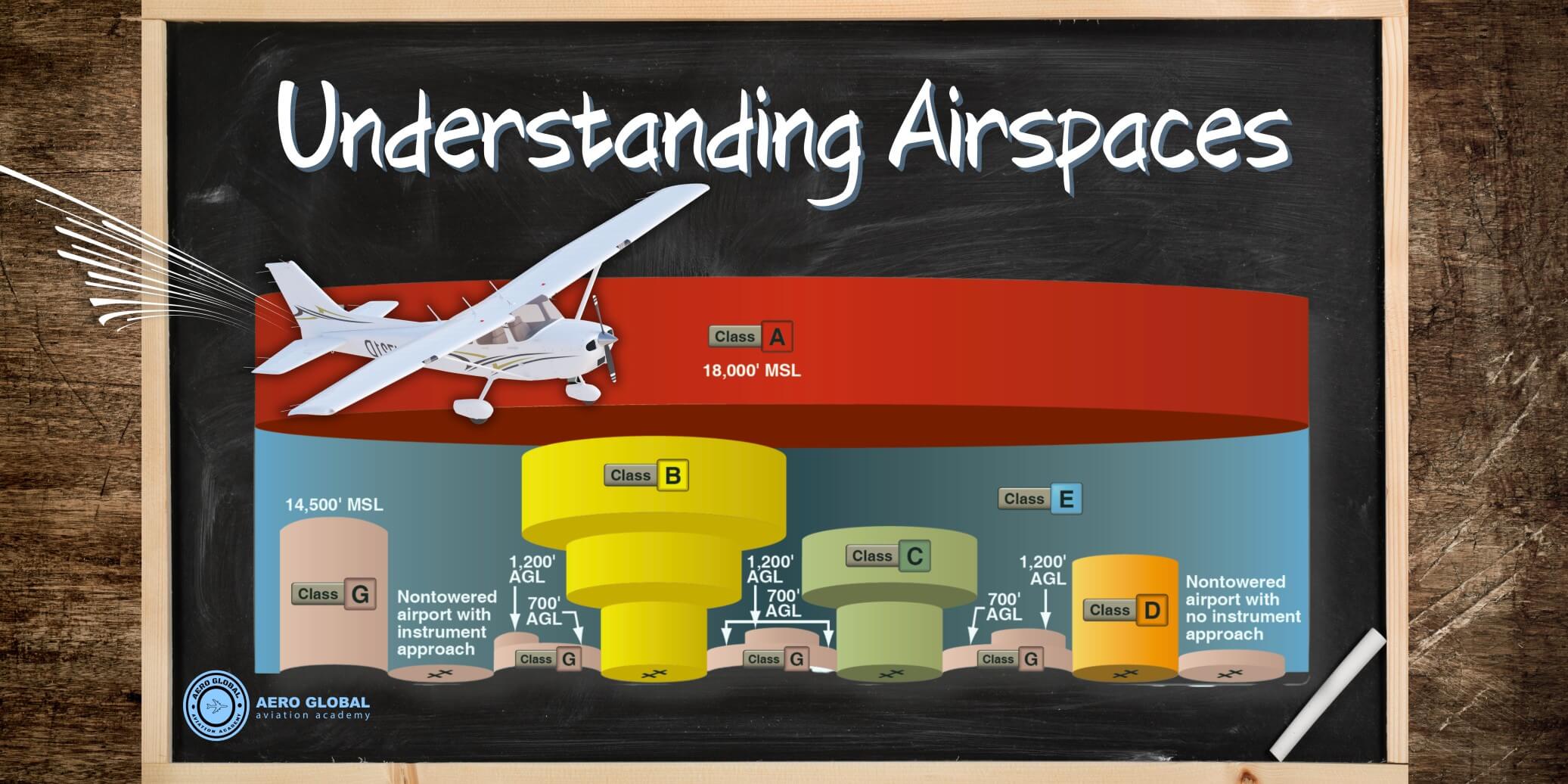4009 Fifth St,
Suite 103, Kissimmee, FL 34741
321-270-9900

Navigating the skies requires a thorough understanding of airspace classifications and regulations. Whether you're a student pilot or an experienced aviator, knowing where and how you can fly is essential for safety and compliance with FAA rules. In this blog, we'll break down U.S. airspace classifications, the associated regulations, and what every pilot needs to know before taking off.
The National Airspace System (NAS) is divided into different classes, each with specific operating rules, requirements, and restrictions. Here's a quick overview:
Extends from 18,000 feet MSL up to 60,000 feet MSL. This airspace is primarily for IFR (Instrument Flight Rules) traffic, and all aircraft must be under ATC (Air Traffic Control) clearance.
Found around the busiest airports, such as Orlando International (MCO). Pilots must receive ATC clearance before entering and carry a Mode C transponder.
Surrounds medium-sized airports, requiring pilots to establish two-way communication with ATC before entering.
Covers smaller tower-controlled airports. Two-way communication with ATC is required before entering.
Encompasses controlled airspace not classified as A, B, C, or D. It often extends from 700 feet or 1,200 feet AGL up to 18,000 feet MSL. No ATC clearance is required for VFR (Visual Flight Rules) operations.
Uncontrolled airspace where ATC has no authority. Pilots operate under VFR rules with minimal restrictions.
For student pilots, understanding airspace regulations is crucial to passing exams and flying safely. Key considerations include:
The best way to stay compliant with airspace regulations is through continuous learning and preparation. Before every flight:
At Aero Global Aviation Academy, we emphasize airspace education in our training programs to ensure our students fly with confidence and compliance. Check out our Online Ground School for check ride preparation to learn more or follow our YouTube page to see more flight tips.
For more insights and expert flight training, contact us today and take the next step toward your aviation career!